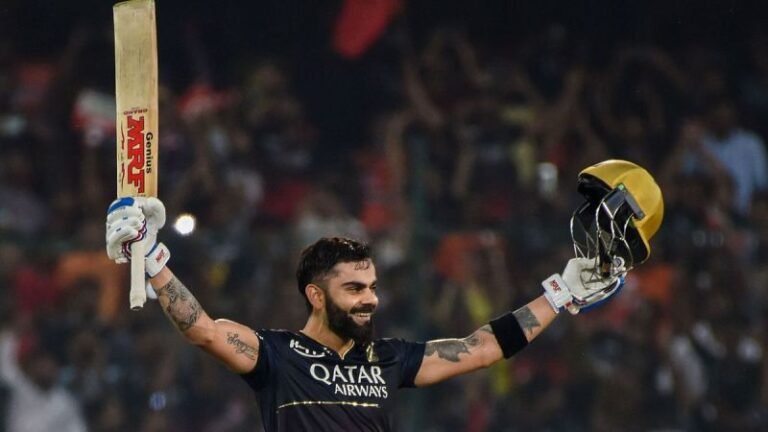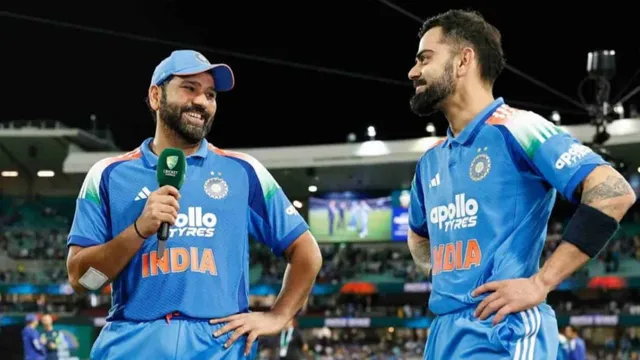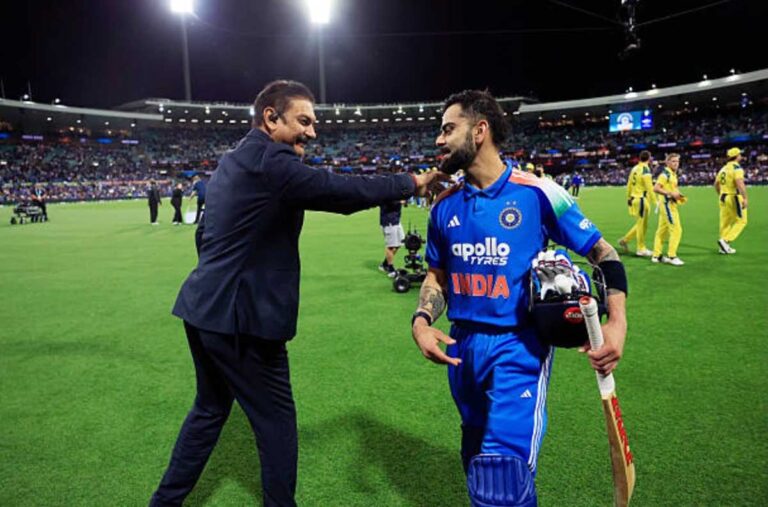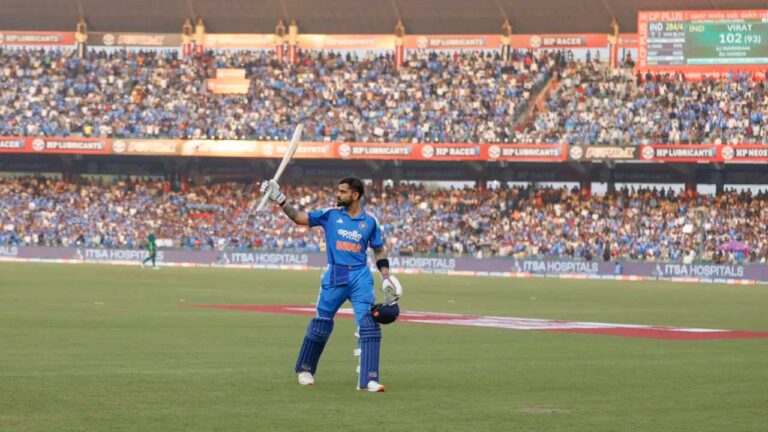Test cricket is the purest form of cricket as it tests the core of a cricketer. It requires a different set of skills, endurance, temperament, and fitness to perform continuously well in this format. In the continuation, the number four is the most crucial position to bat at. Often, the batsman with the strongest mindset and best skills in the team serves at No. 4.
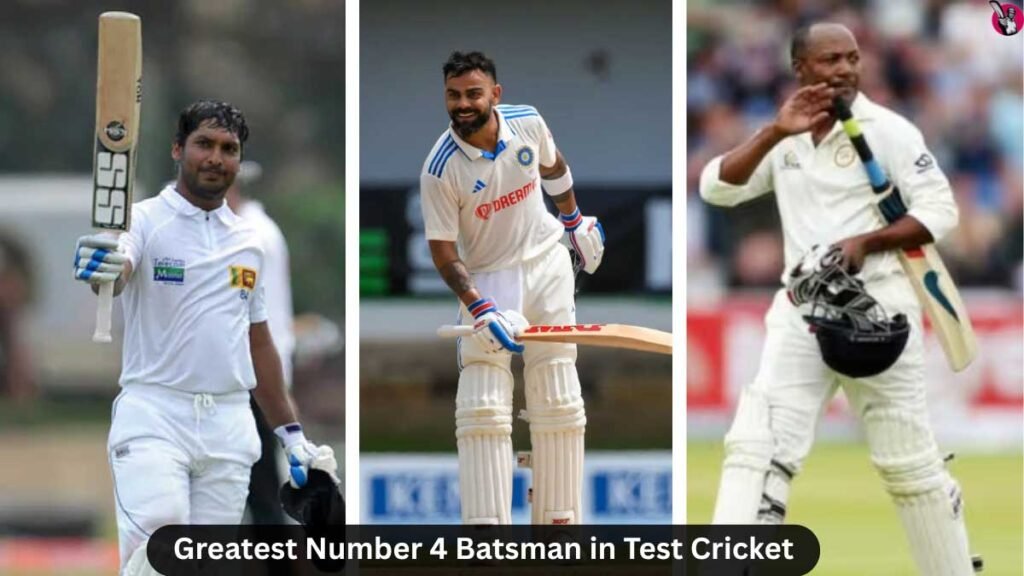
The batter has the responsibility of providing stability after losing top two wickets as well as score runs. They have to soak pressure and bring the team out of misery. This is the reason that the biggest names are associated with this position in test cricket.
Importance of No. 4 in Test Cricket
It is the most important batting position in test cricket. In most cases, the team is struggling due to quick fall of wickets. The team has lost their top order batters who were to dismantle the opponent’s attack. This is where the No. 4 batsman comes in. Now, he has to save wickets, soak the pressure created by the fielding side, tire them out by showcasing solid defence, and score runs whenever the chance is available. Although, this is not the case in all matches. Requirements can be different as per the situation of the match. However, the batsman batting at this position has to be flexible in approach.
On the other hand, the ball gets a little old by this time and spinners come into the attack. Reverse swing also can be visible. The batsman has to face and nullify all these moves by the opponent. Therefore, teams give this difficult position to their best batsman. Here is the list of top 10 greatest players from different nations who have served their respective country playing at number four.
Top 10 Greatest No. 4 Batsmen in Test Cricket
| Rank | Name | Country | Avg @ No. 4 | Runs @ No. 4 | Era |
| 1 | Sachin Tendulkar | India | 54.40 | 13,492 | 1989–2013 |
| 2 | Mahela Jayawardene | Sri Lanka | 50.38 | 11,679 | 1999–2014 |
| 3 | Jacques Kallis | South Africa | 61.86 | 10,289 | 1997–2013 |
| 4 | Virat Kohli | India | 52.89 | 7,711 | 2012–2024* |
| 5 | Joe Root | England | 53.19 | 8,765 | 2014–2024* |
| 6 | Brian Lara | West Indies | 51.96 | 7,529 | 1993–2006 |
| 7 | Steven Smith | Australia | 60.86 | 7,227 | 2013–2024* |
| 8 | Kumar Sangakkara | Sri Lanka | 60.82 | 7,274 | 2005–2014 |
| 9 | Javed Miandad | Pakistan | 52.57 | 5,124 | 1976–1993 |
| 10 | Inzamam-ul-Haq | Pakistan | 50.05 | 7,122 | 1992–2007 |
1. Sachin Tendulkar
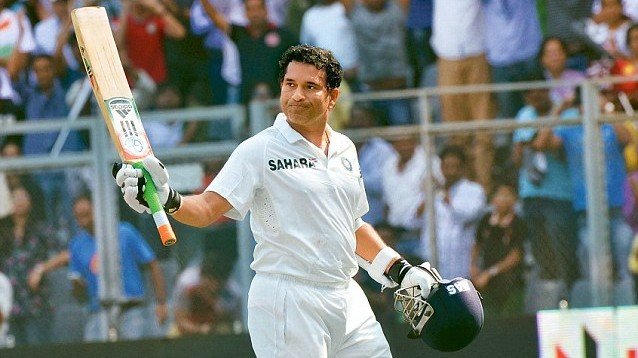
When talking about cricket, especially batting, Sachin Ramesh Tendulkar is inevitable. He redefined batting in his own ways. Sachin made his test debut on November 15, 1989, against Pakistan in Karachi. He was a 16 years old lad facing a lethal and merciless bowling attack of Pakistan. He could only score 15 runs in his debut match but what he did throughout his massive career of more than two decades, is written in golden words. He is the only batsman in the history of cricket to score 100 centuries as well as he is the highest run scorer while playing 200 test matches for India.
While facing the fastest bowlers in the history of cricket, adjusting to new innovations like reverse swing, he became a once-in-a-century cricketer. His dedication to the game, achievements, and grounded nature, made him the God of Cricket.
2. Mahela Jayawardene
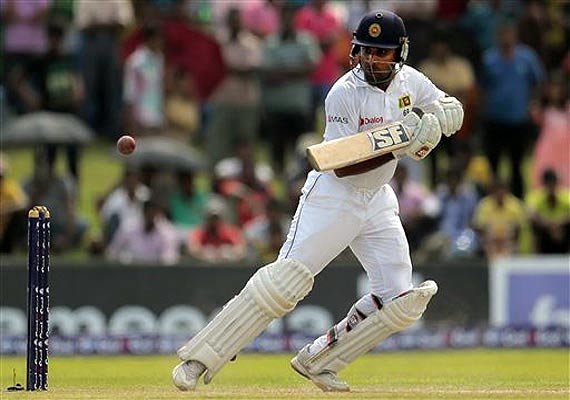
Denagamage Praboth Mahela de Silva Jayawardene, or popularly known as, Mahela Jayawardene is one of the greatest cricketers from Sri Lanka. He used to bat at number four or at three sometimes. This right-handed legend is the second-highest run scorer for his country in test cricket. He anchored Sri Lanka’s middle order for over a decade. He holds the world record for the highest Test partnership (624 runs) with Kumar Sangakkara vs South Africa in 2006.
His game was built on timing, placement, and sharp cricketing intelligence. His textbook shots, especially drives through extra cover, are still popular among fans. Mahela also holds a unique record of taking 205 catches in test cricket, which is the highest by a non-wicketkeeper.
3. Jacques Kallis
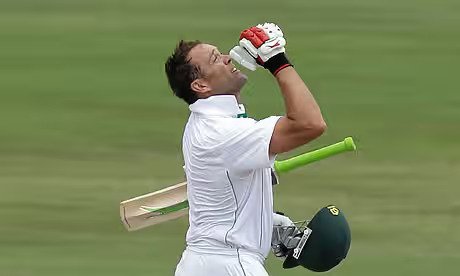
When you talk about a complete cricketer, most people say Sachin. However, Jacques Kallis has been nothing less than him. This South African legend is arguably the greatest all-rounders in cricket history. A powerful right-handed batsman with an unshakable technique, Kallis made scoring runs look effortless. His calm demeanour at the crease brought stability to the South African middle order for over a decade and a half.
With an astonishing Test average of 61.86 while batting at No. 4, he scored 10,289 runs at this position. His presence ensured South Africa rarely collapsed after early losses. Apart from his batting, his ability to bowl fast-medium made him a priceless asset. Kallis played 166 Tests, scoring over 13,000 runs and taking 292 wickets. His legacy is that of a complete cricketer who always put his team first.
4. Virat Kohli
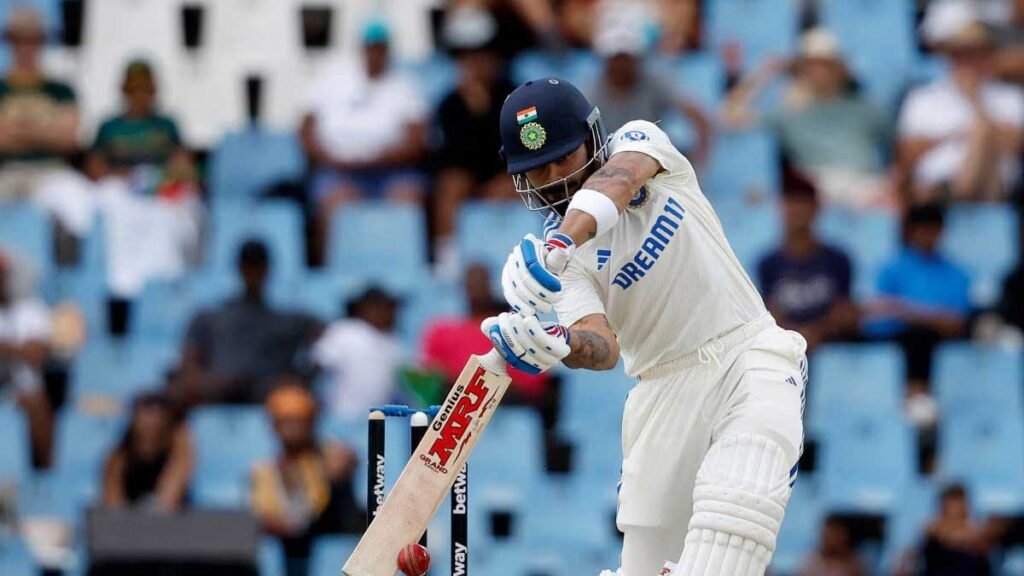
Here comes the modern-day legend- Virat Kohli. He started his career along with other new-age greatest cricketers like Williamson, Root, Hashim Amla, Steve Smith, but surpassed all of them. This man is his own competitor when it comes to batting. He has carried the torch of Indian batting in the post-Tendulkar era. Taking over the No. 4 spot, Kohli brought a fierce intensity and unmatched fitness to the Test arena. Known for his aggressive style, impeccable cover drives, and a hunger for centuries, Kohli reshaped India’s overseas record during his captaincy. Kohli is also popularly known as the King of Cricket.
As of 2024, he has scored 7,711 runs at No. 4 at an average of 52.89. Whether facing fast bowlers in Australia or spin challenges in the subcontinent, Kohli has stood tall and delivered under pressure. His mental strength and consistency at this crucial position make him one of the modern greats. He’s not just a run machine but a leader who set high standards for himself and the team.
Related Read: Virat Kohli’s Leadership: Inspiring Beyond the Cricket Field
5. Joe Root

Joe Root is the backbone of England’s Test batting lineup in the modern era. Taking the No. 4 position, Root has combined classical technique with the ability to adapt to all conditions. His elegant strokeplay, especially the backfoot punches and flicks off the pads, has earned praise from around the world.
Root has scored 8,765 runs at No. 4 at an average of 53.19 till 2024. What sets him apart is his consistency in scoring big runs and converting starts into match-defining knocks. He also led England as a captain during a transformative phase. Root’s calmness at the crease and ability to hold the innings together under tough conditions make him one of the finest No. 4s in recent years.
6. Brian Lara
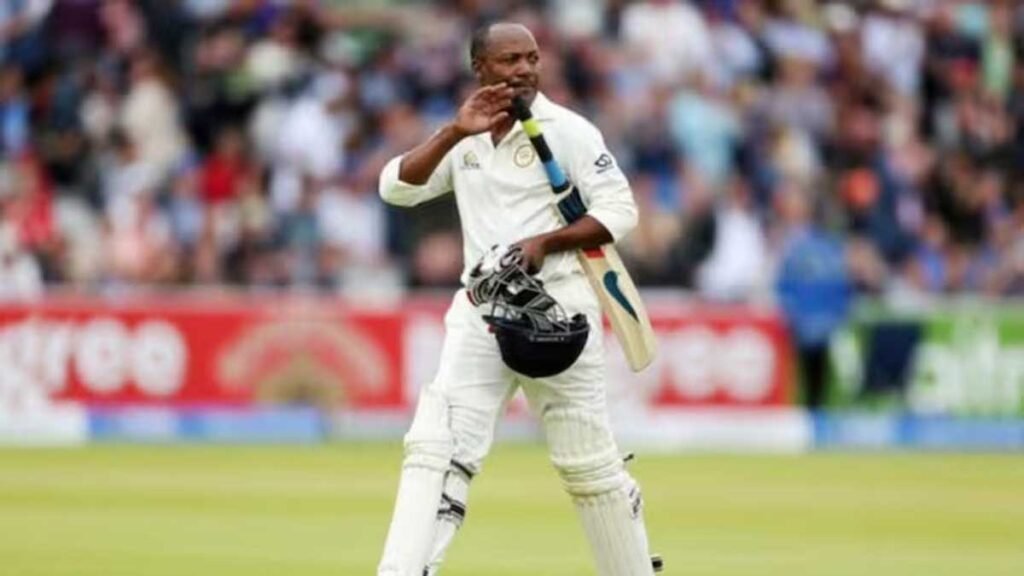
Brian Charles Lara was not just a cricketer — he was an artist with the bat. Known for his high backlift and unmatched flair, Lara made batting look like poetry in motion. Representing the West Indies during a challenging period, he often stood alone against the best bowling attacks in the world. Fierce cut shots, backfoot punches, cover drives, leg glance, you name any cricketing shot and Lara had mastered it.
At No. 4, he scored 7,529 runs at an average of 51.96. His 400* against England is still untouched by any individual. Lara had a rare gift of dominating bowling attacks and scoring double and triple centuries with ease. His flamboyance, fearlessness, and fighting spirit made him one of the most exciting No. 4 batsmen to watch.
7. Steven Smith
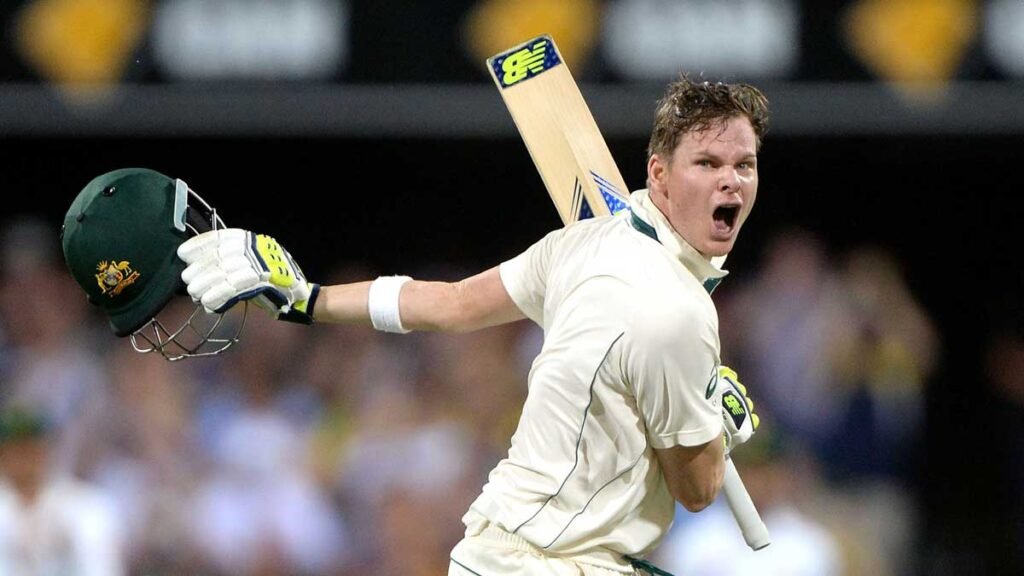
Steven Smith is a unique name on this list. He came to the Australian team to fill a huge void of the legend Shane Warne as a wrist spinner. Later he emerged as one of the greatest batters for his country. With his unique technique and extraordinary hunger for runs, he provides stability to the Aussie batting lineup. At No. 4, his unorthodox style, combined with laser focus, helped him pile up runs consistently.
With an average of 60.86 and 7,227 runs at this position, Smith has become a pillar of Australia’s Test team. His performances in the Ashes, especially in English conditions, are nothing short of legendary. Smith’s ability to read bowlers early and wear down attacks makes him a true modern-day giant of the game.
8. Kumar Sangakkara
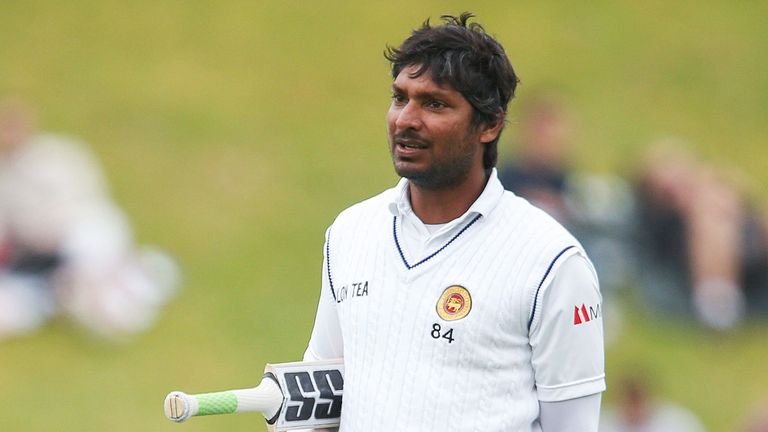
Kumar Sangakkara was elegance personified. A stylish left-hander with a sharp cricketing brain, Sangakkara dominated bowling attacks around the world with grace and precision. He often batted at No. 3 and 4, but it’s at No. 4 where he produced some of his finest knocks.
With 7,274 runs at an average of 60.82, Sangakkara’s consistency was remarkable. His partnerships with Mahela Jayawardene formed the backbone of Sri Lanka’s batting. Off the field, he was known for his articulate speeches and cricketing intellect. On the field, his calm presence and classical strokeplay made him a fan favourite and one of Sri Lanka’s all-time greats. His cover drives are nothing less than poetry in motion. Besides this, Sangakara is also one of the greatest wicket keepers in test cricket history.
Also Read: Can India manage in Test matches without Virat Kohli and Rohit Sharma?
9. Javed Miandad
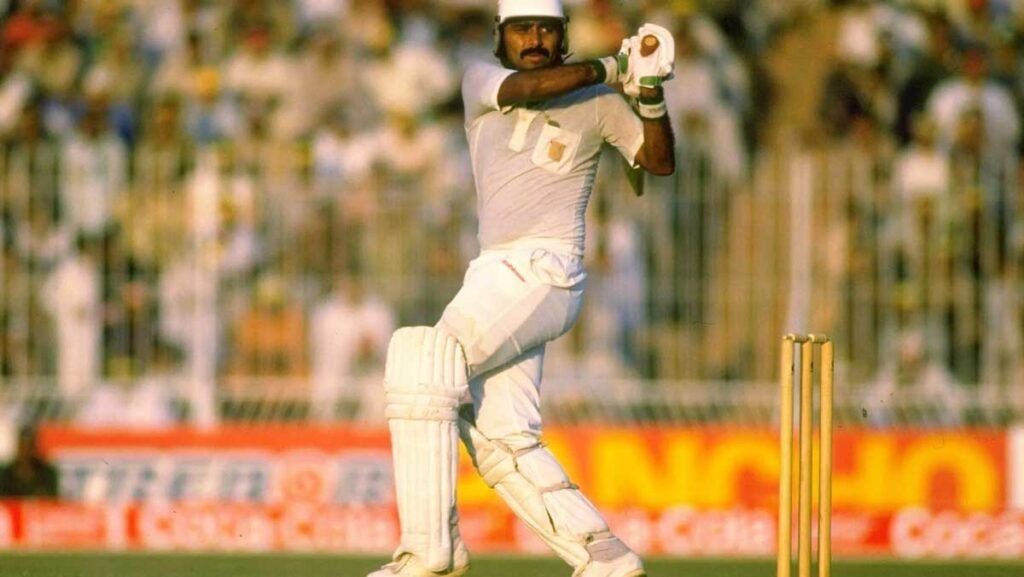
Javed Miandad was Pakistan’s crisis man. Whether the team was struggling or in control, Miandad brought fight, grit, and street-smart cricket to the middle. He wasn’t flamboyant but was highly effective — known for his match awareness and ability to handle pressure. His teammates have often said that Javed had a sharp wit that he used while fielding against many batsmen to break their focus.
At No. 4, he scored 5,124 runs at an average of 52.57, often holding the innings together with grit. Miandad’s presence gave Pakistan confidence during tense situations. His most famous moment remains the last-ball six in an ODI, but in Tests, he was equally impactful, often guiding Pakistan out of trouble with calm and composure.
10. Inzamam-ul-Haq
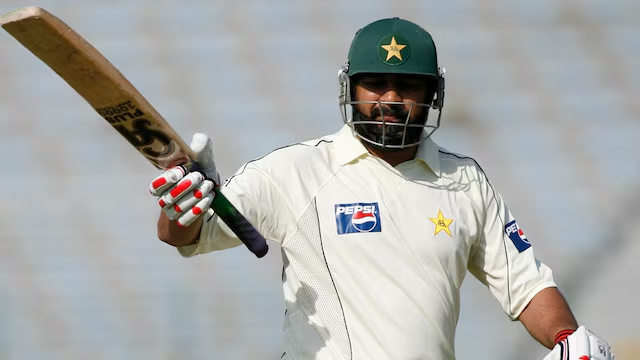
It was Imran Khan who recognised his talent initially and picked him for the 1992 World Cup, despite him struggling at the beginning. Over time, Inzamam-ul-Haq emerged as one of the finest batsmen of all time. His timing with the ball was unmatched and his pull shots are still popular in the cricket fraternity as well as fans. combined power with timing like few others. Despite a laid-back appearance, Inzy had the knack of playing match-winning innings under pressure. He was one of the finest middle-order batsmen Pakistan ever produced, especially at No. 4 where he looked at ease against both pace and spin.
He scored 7,122 runs at No. 4 with an average of 50.05. His batting was marked by effortless strokes, particularly through the off-side. Inzamam had the rare ability to make batting look easy, even against the toughest attacks. He was a giant presence in Pakistan’s batting line-up for over a decade.
Criteria to Judge the Greatest No. 4 Batsmen
We have already discussed that number 4 is the most difficult position to bat at. All batsmen who have acquired success batting at this number have a few qualities in common. Here are some of them:
- Consistency Across Conditions: A great batsman must score runs in all conditions — seaming, spinning, or flat tracks.
- Match Impact: Their performances should often influence the match result, especially in pressure situations.
- Longevity & Era: Longevity in international cricket and the quality of bowlers they faced matters.
- Batting Average & Runs at No. 4: Statistical excellence at this specific position is a key benchmark.
- Big Innings Ability: The ability to convert starts into centuries and double hundreds reflects greatness.
- Adaptability: Adjusting technique and approach as per match scenarios is crucial at No. 4.
- Partnership Building: Creating and sustaining crucial partnerships after early wickets is a vital trait.
Comparison: Kohli vs Other Greats at No. 4
Virat Kohli stands tall among the legends who’ve graced the No. 4 spot in Test cricket. While his numbers are impressive, comparing them with other greats gives a clearer picture of where he truly stands. However it is not ideal to compare cricketers from different eras, this comparison is just an analysis of stats. The table below highlights how Kohli fares in terms of matches played at No. 4, batting average, and centuries scored — a quick glance at greatness across eras.
| Player | Matches @ No. 4 | Batting Average | Centuries |
| Jacques Kallis | 137 | 61.86 | 35 |
| Steven Smith | 84 | 60.86 | 28 |
| Kumar Sangakkara | 86 | 60.82 | 24 |
| Sachin Tendulkar | 275 | 54.40 | 44 |
| Joe Root | 109 | 53.19 | 21 |
| Brian Lara | 85 | 51.96 | 24 |
| Virat Kohli | 103 | 52.89 | 29 |
Future Stars Who Could Shine at No. 4
- Shubman Gill (India): Stylish, technically sound, and mentally composed — Gill has the temperament for long-format batting.
- Harry Brook (England): Aggressive yet controlled, Brook’s fearless approach suits the evolving role of a modern No. 4.
- Temba Bavuma (South Africa): Though often under the radar, his calmness and ability to anchor innings make him a strong candidate.
- Marnus Labuschagne (Australia): Already a mainstay at No. 3, Labuschagne has the grit and adaptability to thrive one spot lower if needed.
- Dewald Brevis (South Africa): Nicknamed “Baby AB,” Brevis has immense talent and is seen as a long-term investment for South Africa’s middle order.
Also Read: Virat Kohli’s IPL Centuries: A Complete List of His Iconic Innings
Conclusion
Number four is the highlighting position of any batting lineup in test cricket. This is where the innings is often shaped, rebuilt, or elevated. When early wickets fall, it’s the No. 4 batsman who walks into pressure, steadies the ship, and brings calm to chaos. And when the top order fires, he capitalises and builds monumental scores.
From Tendulkar to Kallis, from Lara to Kohli, this position has seen legends rise and rewrite records. The mix of skill, patience, and leadership required at No. 4 makes it the most demanding and celebrated spot. Batting at this position is not limited to stats only, it is more about molding the game in the team’s favour. Therefore, the teams that have a strong batsman at this position, have most successful campaigns in the purest format of cricket.
Frequently Asked Questions (FAQs) About Greatest Number 4 Batsman in Test Cricket
The No. 4 batsman often walks in during high-pressure situations, after quick wickets or early dominance. Their role is to stabilise the innings, rebuild partnerships, and set the tone. It demands adaptability, composure, and the ability to shift gears depending on the match scenario.
Sachin Tendulkar is widely regarded as the greatest No. 4 batsman in Test history. With over 13,000 runs at this position, his longevity, consistency, and match-winning ability across conditions set him apart from the rest and solidified his legendary status.
Virat Kohli stands shoulder to shoulder with the modern greats. With a strong average, numerous centuries, and consistent performances under pressure, he has carved his name among the elite No. 4 batsmen. His contributions have often turned the tide for India in crucial matches.
Yes, strategies differ significantly. In Tests, No. 4 must handle early pressure, wear down bowlers, and build long innings. In ODIs, the role shifts to accelerating scoring, rotating strike, and balancing risk with control, especially during middle overs and chasing scenarios.
Shubman Gill, Harry Brook, and Dewald Brevis are promising young talents who show the temperament and technique for No. 4. With experience and consistency, they have the potential to carry forward the legacy of legendary players who’ve mastered this vital position.

